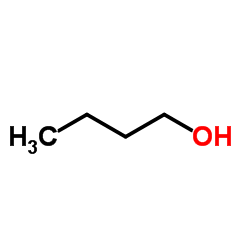| Structure | Name/CAS No. | Articles |
|---|---|---|
 |
Potassium hydroxide
CAS:1310-58-3 |
|
 |
Butanol
CAS:71-36-3 |
|
 |
Azobenzene
CAS:103-33-3 |
|
 |
Undecane
CAS:1120-21-4 |